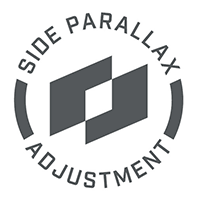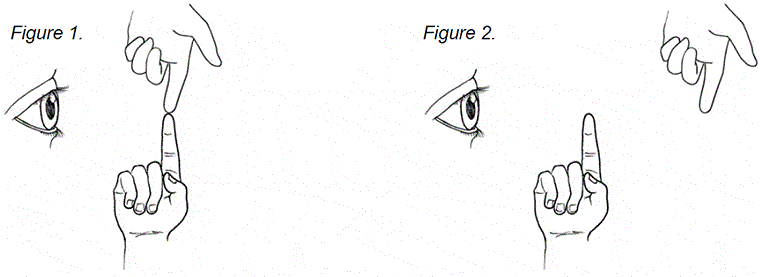- Home /
- Side Parallax correction
Shop Now
- AMK
- Ben's
- BENCHMADE
- BIOLITE
- BRIDGEDALE
- BUSHNELL
- BUTLER CREEK
- COCOON
- Fix & Fogg
- GABEL
- HILLSOUND
- HOPPE'S
- MARKSMAN
- Morakniv
- MSR
- MUELA
- Old Bear
- PACKTOWL
- PLATYPUS
- PRIMOS
- QuietKat
- Real Meals
- ROSSI
- SEALLINE
- SILVA
- SIMMONS
- SMITH'S
- SOL
-
STANLEY
-
Hydration
- Wellspring Bottle
- The Activate Shaker
- Quencher Tumbler 40 OZ
- Quencher Tumbler 30 OZ
- Quencher Tumbler 20 OZ
- Quencher ProTour 40 OZ
- Quencher ProTour 30 OZ
- Iceflow Flip Straw Tumbler 30 OZ
- Iceflow Flip Straw Tumbler 20 OZ
- Iceflow Bottle Flip Straw Lid
- Iceflow Bottle Fast Flow Lid
- All Day Slim Bottle 20 OZ
- Drinkware
- Soft Goods
- Classic
- Coolers & Jugs
- Camp Cookware
- Accessories
- 2026 H1 Product
-
Hydration
- TASCO
- THERM-A-REST
- Topo4GPS
- Uncle Mike's
- Wool+Aid
SIDE PARALLAX
Parallax error occurs when the image of the target is not focused on the reticle plane. It's visible as an apparent movement between the reticle and the target when the shooter moves their head or, in extreme cases, as an out-of-focus image.
If you're going to be shooting at significantly varying distances, you should look for a riflescope with parallax correction. Side focus parallax correction (SF) is significantly easier to use in the field than the traditional adjustable objective (front, or "AO") parallax adjustment, and allows you to see where it's set without moving your head well away from your shooting position. Not having the additional ring on the objective of your scope (found in AO equivalents) also means you can mount a scope with side parallax adjustment a little lower on your rifle.
An easy way to visualize parallax is to hold a finger from each hand pointed at each other – one pointing up, one down (as pictured in figure 1). Let’s pretend the top hand represents the target, the bottom hand your riflescopes reticle / cross-hair. Move your head from side to side – and of course the fingers stay aligned. Now, move the top hand further away from you (as in figure 2). Move your head from side to side again (without moving your fingers), and just like a scope with parallax not set to the distance of your target, you’ll see a shift in relation of one hand to the other. Parallax correction can allow you to bring the two together again - regardless of distance:
THE PARALLAX EFFECT – WHAT YOU’LL SEE:
If your target and reticle are on different focal planes, you may notice:
• The image of your target is clear but your reticle appears out of focus.
• The image is clear when looking head-on, but the reticle shifts left, right, up or down when you move your head or look through the scope at an angle.
Light enters a rifle scope through the objective lens, is projected onto a prism, and is then flipped, reflected several times, and presented via the ocular lens. Your reticle lies between your eye and that projected image.
When shooting at longer (eg: >150 yards) or particularly short distances, the focal length of your vision is adjusted by your brain to compensate for the distance to the target. This means that your reticle will appear slightly blurry or move when you adjust your viewing angle. It goes without saying, but if your reticle moves laterally and off-target when you move your head behind the scope, your point of impact will follow!
Here's an example of how that may play out for a riflescope with its parallax set at 100m, aiming at distances of 100m, 25m, and 200m respectively:



